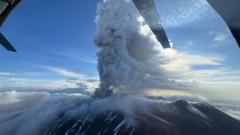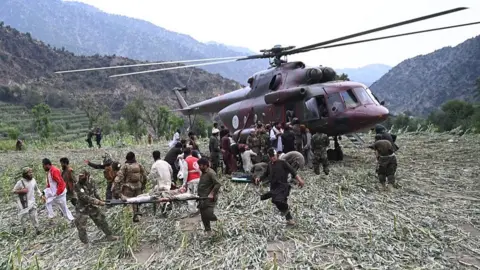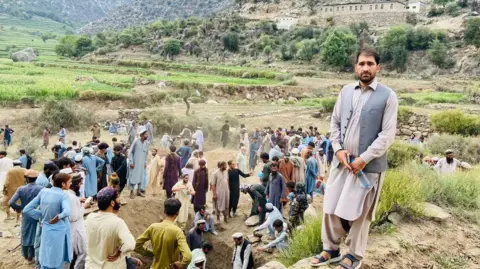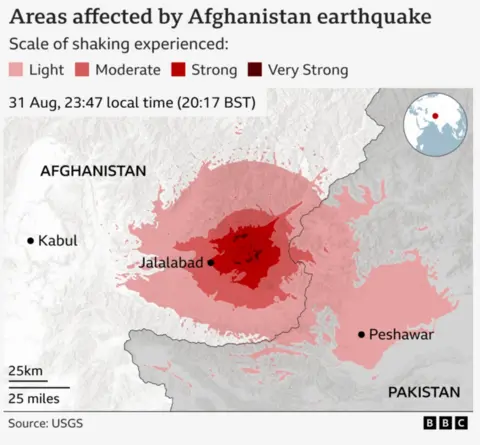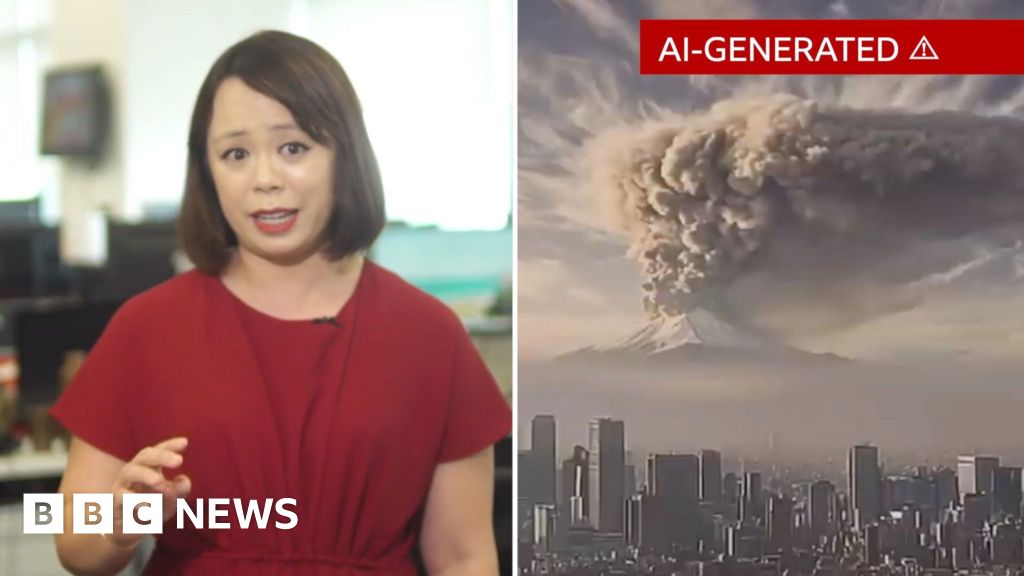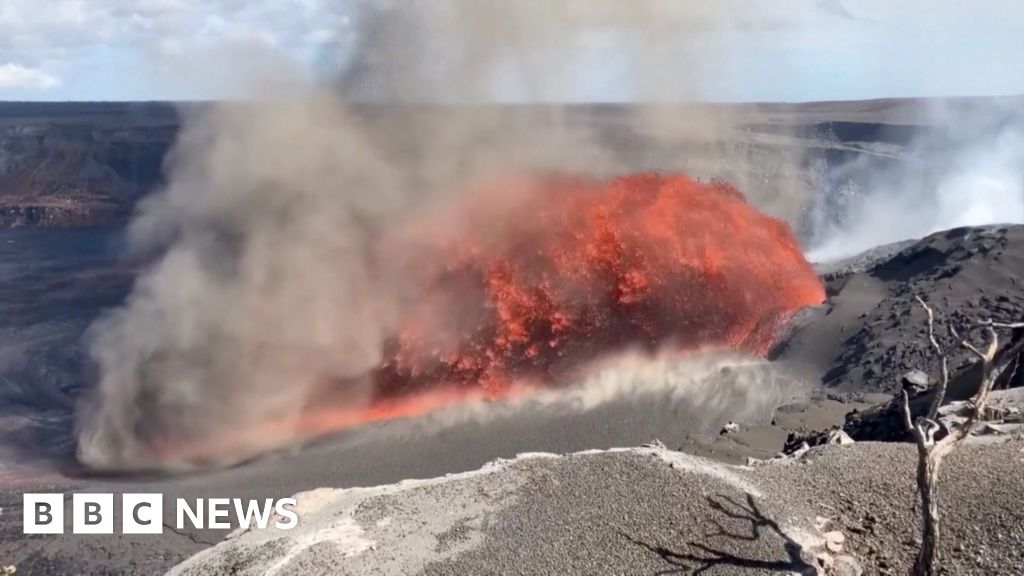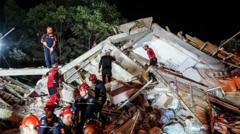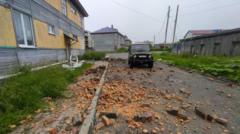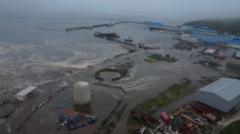The Krasheninnikov Volcano, located in the far eastern reaches of Russia, has erupted for the first time in over five centuries, according to reports from the Institute of Volcanology and Seismology. This dramatic event unfolded overnight, releasing an ash plume that soared up to six kilometers (approximately 3.7 miles) into the atmosphere. Fortunately, Russian emergency officials have stated that there is no immediate threat to nearby populated regions.
The eruption coincided with heightened seismic activity, including a secondary large earthquake that struck the region just hours later, triggering tsunami warnings in three areas of the Kamchatka Peninsula. Experts believe that these geological events may be interconnected, stemming from the aftermath of a powerful 8.8 magnitude earthquake that occurred a week prior. This earthquake was one of the strongest ever recorded in the area, prompting widespread evacuations across several regions, with tsunami warnings echoing as far as French Polynesia and Chile.
On Sunday, a subsequent 7.0 magnitude earthquake hit the Kuril Islands. Russia’s emergency ministry has cautioned residents in parts of Kamchatka to remain clear of the coastline, despite the predicted low wave heights of around 18 centimeters (7 inches). Olga Girina, head of the Kamchatka Volcanic Eruption Response Team, noted that the Krasheninnikov Volcano’s last recorded eruption took place during the 15th century and underscored the potential link to this recent earthquake activity.
Situated within the "Pacific Ring of Fire," the Kamchatka Peninsula is notorious for its high frequency of both seismic occurrences and volcanic activity. The area has been under close observation as scientists closely monitor these developments, given the implications for the local environment and communities.
The eruption coincided with heightened seismic activity, including a secondary large earthquake that struck the region just hours later, triggering tsunami warnings in three areas of the Kamchatka Peninsula. Experts believe that these geological events may be interconnected, stemming from the aftermath of a powerful 8.8 magnitude earthquake that occurred a week prior. This earthquake was one of the strongest ever recorded in the area, prompting widespread evacuations across several regions, with tsunami warnings echoing as far as French Polynesia and Chile.
On Sunday, a subsequent 7.0 magnitude earthquake hit the Kuril Islands. Russia’s emergency ministry has cautioned residents in parts of Kamchatka to remain clear of the coastline, despite the predicted low wave heights of around 18 centimeters (7 inches). Olga Girina, head of the Kamchatka Volcanic Eruption Response Team, noted that the Krasheninnikov Volcano’s last recorded eruption took place during the 15th century and underscored the potential link to this recent earthquake activity.
Situated within the "Pacific Ring of Fire," the Kamchatka Peninsula is notorious for its high frequency of both seismic occurrences and volcanic activity. The area has been under close observation as scientists closely monitor these developments, given the implications for the local environment and communities.

